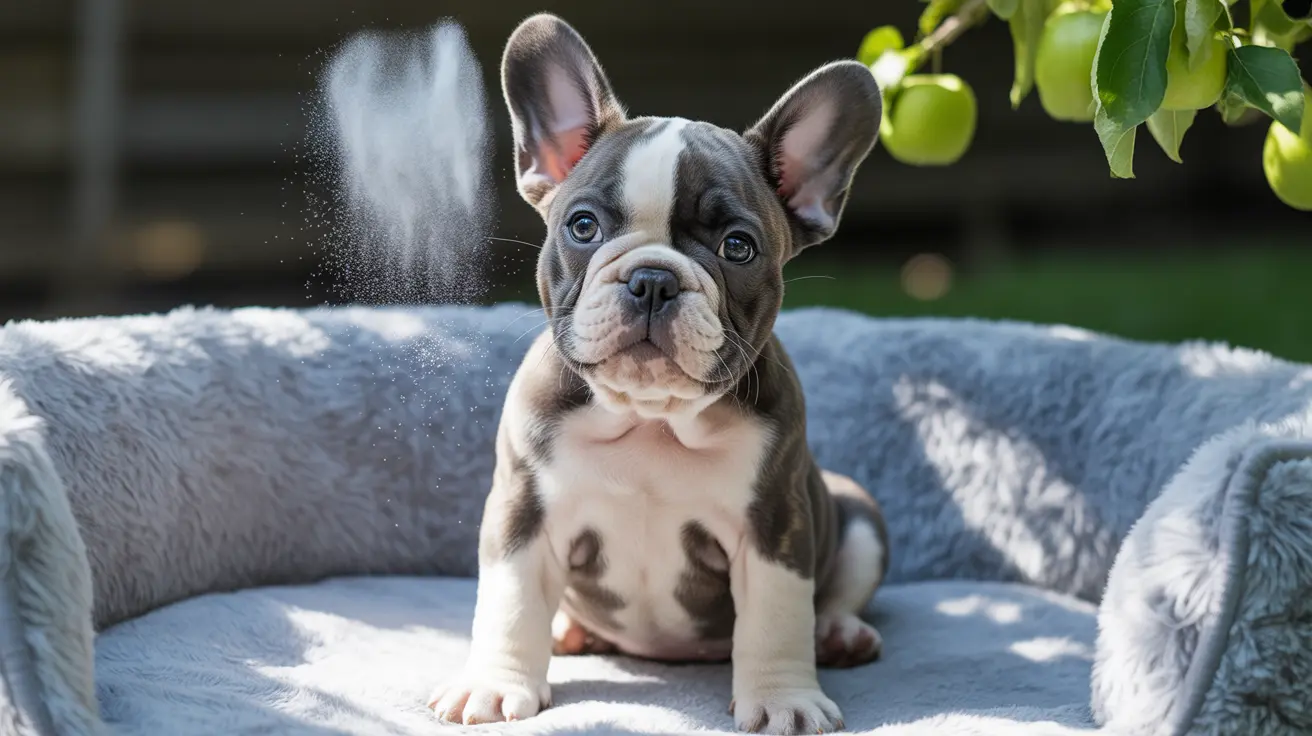Understanding Baby Powder Use for Dogs
Many pet parents wonder about using baby powder on their dogs as a quick solution for moisture, odor, or grooming issues. While it might seem like a convenient option, understanding the safety implications and proper usage is crucial for your pet's well-being.
This comprehensive guide will explore whether you can use baby powder on dogs, examining both the potential benefits and risks, while providing safer alternatives for your furry friend's grooming needs.
Types of Baby Powder and Their Safety Concerns
Talc-Based Baby Powder
Traditional talcum powder poses significant risks to dogs, including:
- Potential respiratory issues if inhaled
- Risk of asbestos contamination
- Possible carcinogenic effects
- Digestive problems if ingested
Cornstarch-Based Baby Powder
While generally safer than talc-based options, cornstarch-based powders still require careful consideration:
- Lower inhalation risk compared to talc
- Less likely to cause serious health issues
- Can still cause digestive upset if consumed in large amounts
- May contribute to yeast growth in humid conditions
Safe Application Methods
If you choose to use baby powder on your dog, follow these essential guidelines:
- Always use talc-free, unscented varieties
- Apply away from the face and airways
- Use minimal amounts
- Brush thoroughly to remove excess powder
- Monitor your pet for adverse reactions
When to Avoid Baby Powder
Certain situations warrant avoiding baby powder altogether:
- Dogs with respiratory conditions
- Pets with sensitive skin or allergies
- Open wounds or skin infections
- Around the face, mouth, and genital areas
- During pregnancy or nursing periods
Better Alternatives for Dog Care
Consider these safer alternatives to baby powder:
- Pet-specific grooming powders
- Natural cornstarch
- Waterless dog shampoos
- Regular grooming with appropriate tools
- Professional grooming services
Professional Recommendations
Veterinarians generally recommend against routine use of baby powder on dogs. Instead, they suggest:
- Regular bathing with dog-specific products
- Proper drying techniques
- Professional grooming when needed
- Addressing underlying skin issues with appropriate medical treatment
Frequently Asked Questions
Is it safe to use baby powder on dogs, especially powders containing talc?
No, talc-based baby powder is not considered safe for dogs. The risks of respiratory issues and potential carcinogenic effects make it dangerous. If you must use powder, opt for cornstarch-based alternatives specifically formulated for pets.
How can I use baby powder safely on my dog without causing respiratory or skin problems?
If using baby powder, choose talc-free varieties, apply sparingly away from the face, and brush thoroughly to remove excess. Always test on a small area first and monitor for reactions.
What are the risks if my dog licks or inhales baby powder after I apply it?
Ingestion can cause digestive issues, while inhalation may lead to respiratory problems. Talc-based products pose more serious health risks, including potential lung damage and internal organ issues.
Can baby powder help control dog odors or moisture, and are there safer alternatives?
While baby powder can temporarily help with odors and moisture, safer alternatives include pet-specific deodorizing products, regular bathing, and proper grooming routines.
Does baby powder effectively kill fleas on dogs, or should I use other flea control methods?
Baby powder does not effectively kill or control fleas. Use veterinarian-recommended flea treatments and preventatives for proper flea control.
Final Thoughts
While baby powder might seem like a convenient solution for dog grooming issues, the potential risks often outweigh the benefits. Focus on establishing a regular grooming routine using pet-specific products, and consult your veterinarian for safe alternatives to address any specific concerns about your dog's coat or skin health.






